FINLAND
Easter in 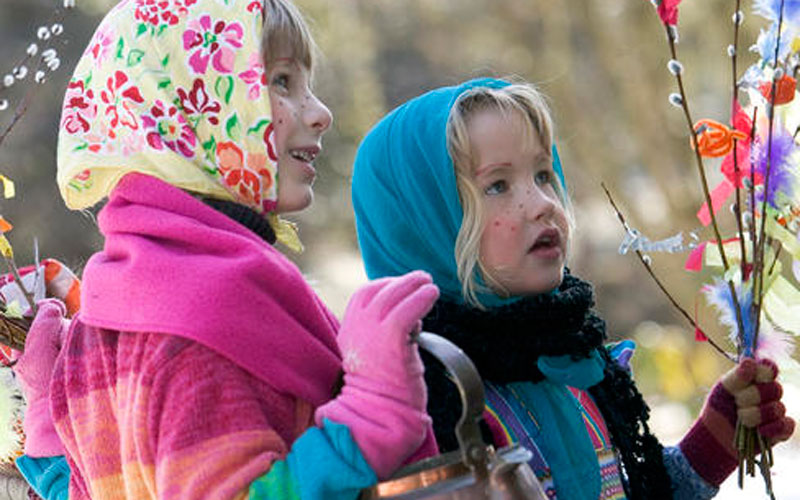 Finland is traditionally celebrated with easter-egg hunts for the children, and many Finns go to church on Easter Sunday. The eggs (hard-boiled, chocolate or candy eggs) are hidden in the house or outside in the garden by parents. Then, the children are sent outside and can keep whatever Easter goodies they find."Pääsiäinen" means Easter in Finnish.You will find that Easter decorations in Finland show lots of colored eggs and yellow flowers (e.g. daffodils). Some Finnish families sow grass in small pots before Easter, and put eggs in them when the grass has grown.Another Easter tradition in Finland you might see is children walking between houses, handing out twigs or decorations, asking for a few coins in exchange.Traditional Easter food in Finland can be ham, poultry, or lamb. Note that during the public holidays for Easter in Finland, many businesses remain closed.
Finland is traditionally celebrated with easter-egg hunts for the children, and many Finns go to church on Easter Sunday. The eggs (hard-boiled, chocolate or candy eggs) are hidden in the house or outside in the garden by parents. Then, the children are sent outside and can keep whatever Easter goodies they find."Pääsiäinen" means Easter in Finnish.You will find that Easter decorations in Finland show lots of colored eggs and yellow flowers (e.g. daffodils). Some Finnish families sow grass in small pots before Easter, and put eggs in them when the grass has grown.Another Easter tradition in Finland you might see is children walking between houses, handing out twigs or decorations, asking for a few coins in exchange.Traditional Easter food in Finland can be ham, poultry, or lamb. Note that during the public holidays for Easter in Finland, many businesses remain closed.
PORTUGAL
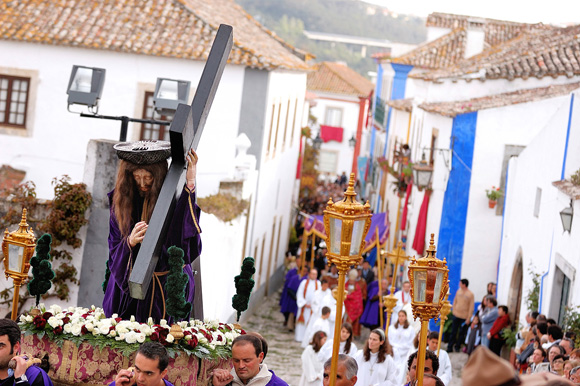 Easter in Portugal is not just about bunnies and eggs, as the country is rich in age-old traditions and rituals that celebrate the main feast in the Christian liturgical year. Domestic celebrations always include the folar, a sweet or savoury bread that comes with a boiled egg in the middle, representing rebirth and the resurrection of Christ; codfish is eaten at the main meal on Good Friday and Holy Saturday, due to the tradition of abstaining from meat until the resurrection is celebrated on Easter Sunday, which is always accompanied with the smell of roast lamb. During the Holy Week, which marks the end of Lent in the run-up to Easter, the deeply Catholic country is steeped in religious ritual and tradition, followed by all kinds of people from the smallest villages to the largest cities.
Easter in Portugal is not just about bunnies and eggs, as the country is rich in age-old traditions and rituals that celebrate the main feast in the Christian liturgical year. Domestic celebrations always include the folar, a sweet or savoury bread that comes with a boiled egg in the middle, representing rebirth and the resurrection of Christ; codfish is eaten at the main meal on Good Friday and Holy Saturday, due to the tradition of abstaining from meat until the resurrection is celebrated on Easter Sunday, which is always accompanied with the smell of roast lamb. During the Holy Week, which marks the end of Lent in the run-up to Easter, the deeply Catholic country is steeped in religious ritual and tradition, followed by all kinds of people from the smallest villages to the largest cities.
LINKS:
http://www.portugaldailyview.com/whats-new/easter-the-portuguese-traditions
http://finland.fi/public/default.aspx?contentid=272458&contentlan=2&culture=en-US
CYPRUS
Easter in Cyprus is alternative and special. There tradition meets Christianity composing some of the most beautiful Easter.
Thursday of Holy Week is when the wonderful aromas begin to waft out onto the streets as this is traditionally the day when housewives start preparing the flaounes (small l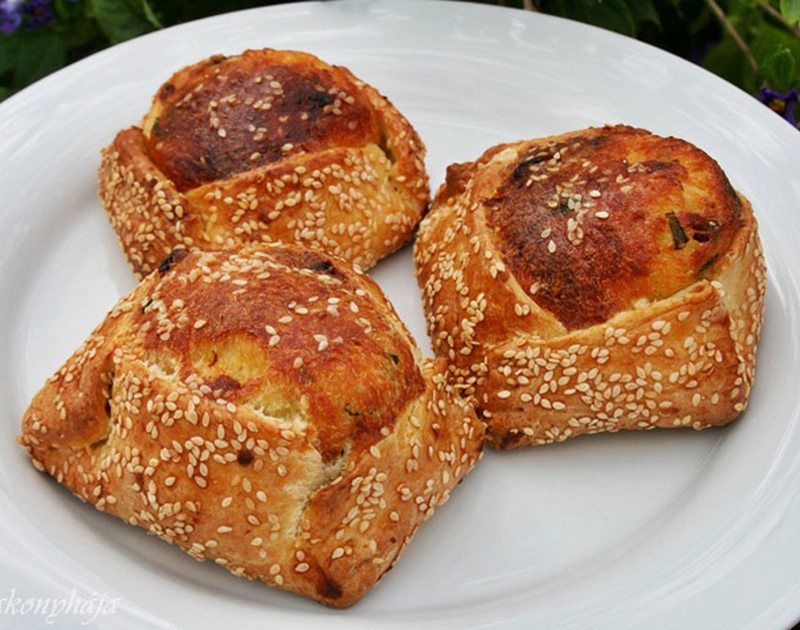 oaves made of flour, eggs, cheese, mint and sometimes raisins). These are shaped into triangles, sprinkled with sesame seeds then baked in the oven.
oaves made of flour, eggs, cheese, mint and sometimes raisins). These are shaped into triangles, sprinkled with sesame seeds then baked in the oven.
Tiropites (small cheese pies in puf pastry), paskies (small meat pies) and koulouria (biscuits made of milk, flour, spices and sugar) are also prepared. Eggs are hard boiled and dyed red in preparation for games on Sunday. Everywhere is a hive of activity.
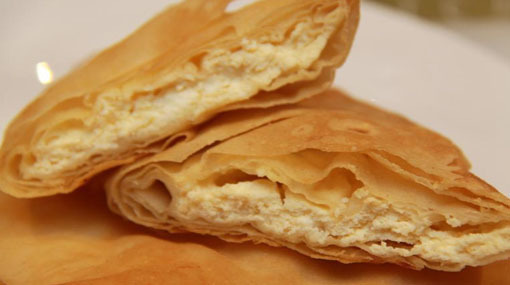
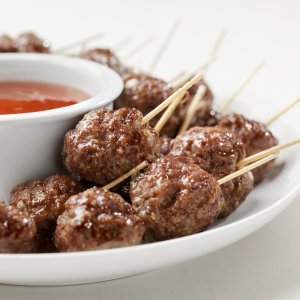
On the Friday morning before Easter (Good Friday or “Great Friday” as it is called in Greek) families, carrying flowers, gather in the churches. The flowers are collected and used by young girls to decorate the Epitafios (Holy Sepulchre) during the service. The Epitafios is a four-post litter with a canopy in which the icon of Christ is placed.
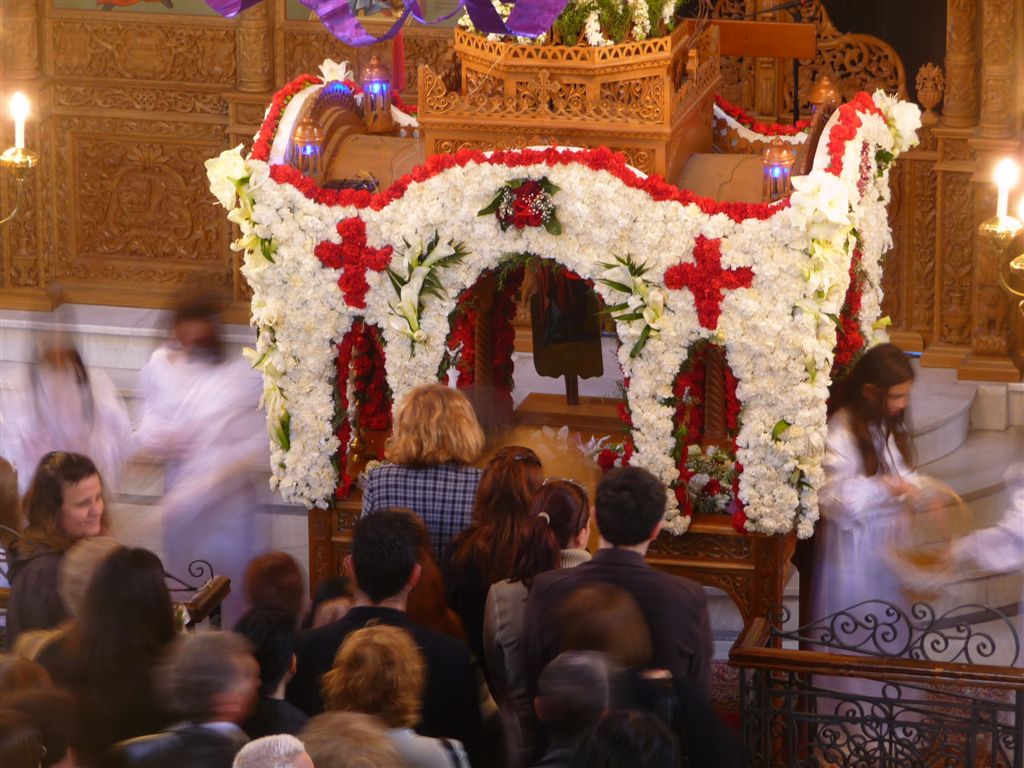
Early Friday evening a solemn service is held in all churches where the decorated Epitafios is carried into the streets, for a short procession, then returned to the church for a continuation of the service.
On Easter Saturday two services are held in church – one in the early morning and another at 11 p.m.
Before the 11 p.m. service, which is called “The Ceremony of the Resurrection,” church bells peal out in the villages and towns of Cyprus calling everyone to come and celebrate the resurrection of Christ. Huge bonfires are lit in the churchyards and slowly people begin to gather there. Every person carries a large unlit lampada (candle) and there is a general feeling of excitement in the air.
The church services start at 11 p.m. A few minutes before midnight the lights in the church are extinguished and the choir sings the story of the three women who arrived at Christ’s tomb only to find it empty. The lights are switched on again and the priest calls the congregation to “take from his candle the light which never dies.” The flame is passed from person to person until everyone is holding a lit candle. The ceremony then continues outside the church for approximately 30 minutes, after which the priest returns inside again to begin the special Sunday liturgy for another two and a half to three hours.
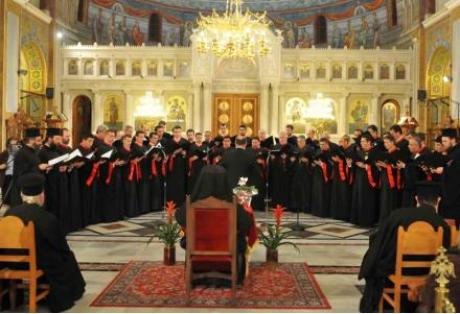
At this point, a majority of the congregants leave to celebrate with family and friends by watching the firework displays which are held outside most churches, and to share a meal of the traditional Cypriot trachana (a creamy, savoury soup of wheat and yogurt) or magiritsa (a creamy, lemony soup).
The eggs which were hardboiled and dyed on Thursday are now used in a game where they are tapped against each other and whoever is left with an uncracked egg wins. The breaking of the eggs is symbolic of Christ breaking free from the tomb.
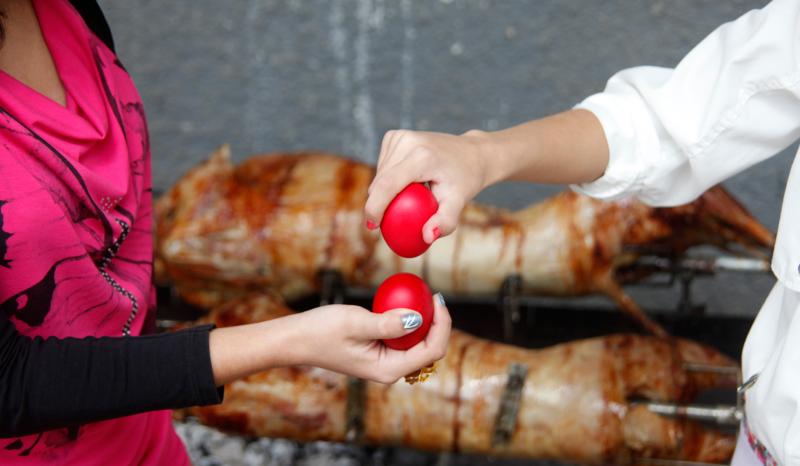
Easter Sunday is when the celebrations really begin. Feasts of ovelias (whole roast spiced lamb, cooked on an open charcoal fire) or souvla (large pieces of lamb or pork also cooked on an open charcoal fire), salads, vegetables, breads, cakes, biscuits, sweets, flaounes and wine are prepared. The smell of outdoor roasting permeates the island. Lamb is the traditional Easter meal as the early Christians adopted this symbol from the Jews who sacrificed lambs for their Passover celebrations.
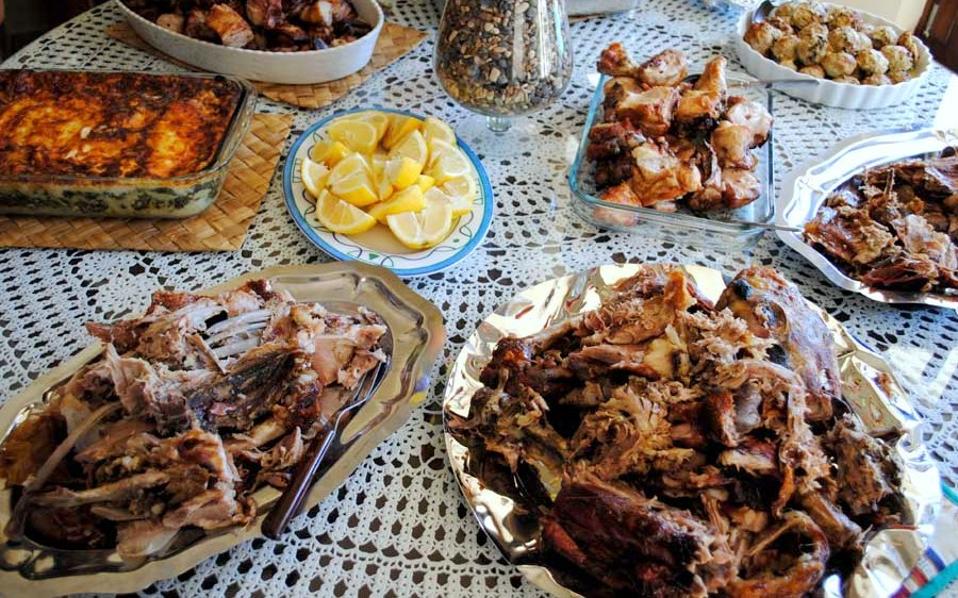
From Sunday lunchtime until Tuesday night, in village squares and churchyards, traditional food, games and live traditional Cypriot music are to be found. Everyone, Cypriot and non-Cypriot, is welcomed and usually greeted with an enthusiastic, Kopiaste! Christos Anesti! Or Chronia Polla!
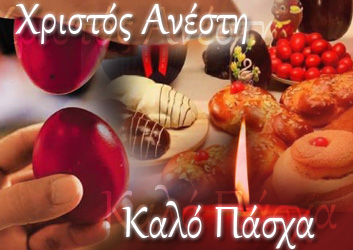
LINKS:
-
http://www.cyprus101.com/blogs/cleo_shahateet/archive/2010/02/25/easter-in-cyprus.aspx
-
http://en.wikipedia.org/wiki/Easter_customs